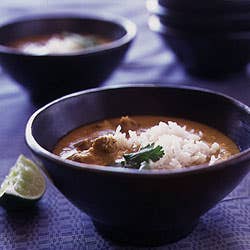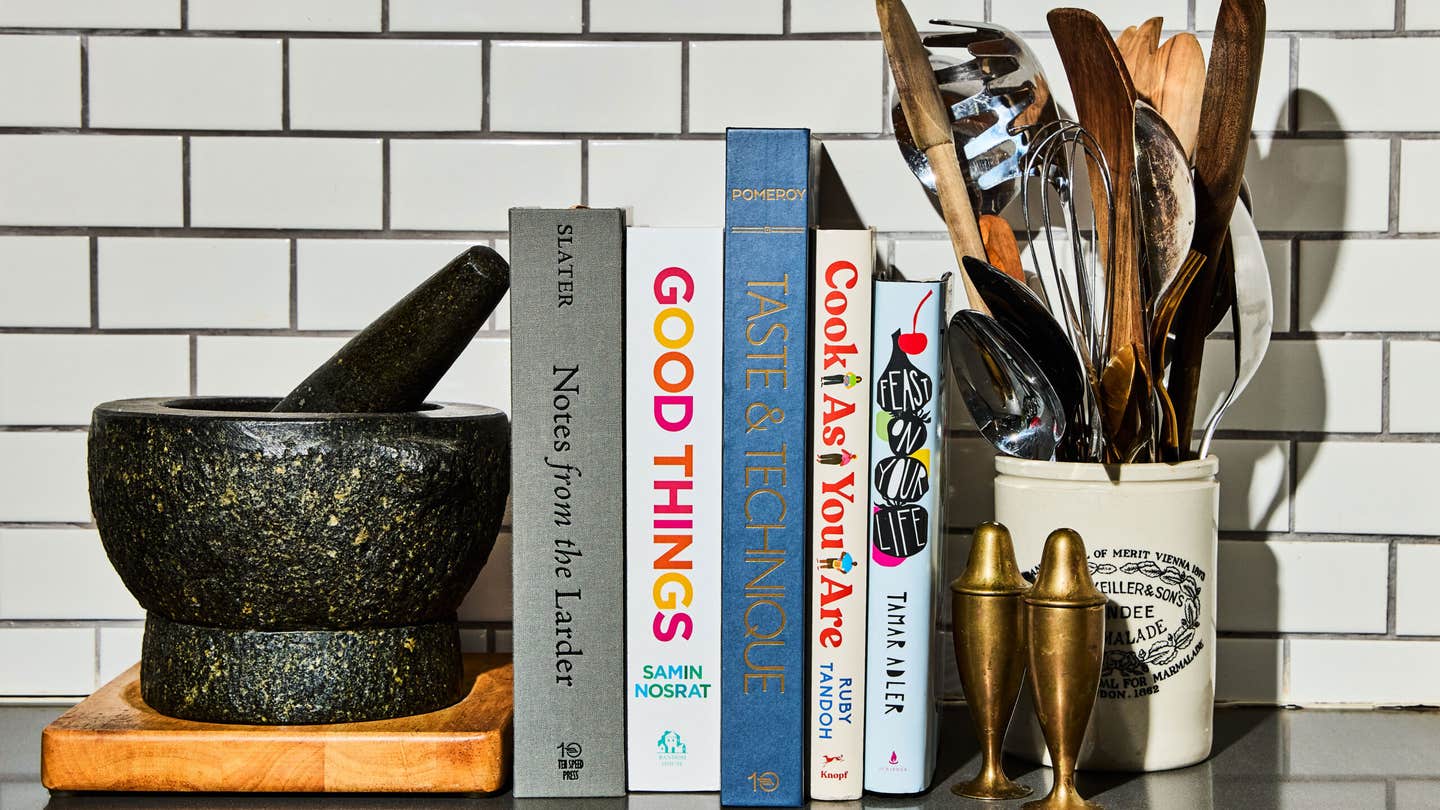
Some cooks in the state of Tamil Nadu in southern India cook their split yellow lentils, toovar dal, as they have done for thousands of years to make the daily stew they call sambar. As when any dried legumes are cooked, a thin liquid rises to the top of the pot. This is skimmed off, seasoned, and often eaten over rice. The spices used vary, but black pepper for pungency and tamarind for sourness were probably basic to early versions of the broth—and it came to be known as milagu-tannir, Tamil for pepper-water.
Mixed-race Anglo-Indians adopted and enriched the broth, added meat (usually lamb), and corrupted its Tamil name into the vaguely Irish-sounding mulligatawny. It became a popular dish for Sunday lunch, served with rice and generous squeezes of lime juice—and India's British community took it up, as well. (''[I]n vain our hard fate we repine…on Mullagheetawny we dine'', went a British song from 1784.) Mrs. Beeton, in her famous 19th-century English cookbook, thickened her mulligatawny with ground almonds, and added curry powder and even a bit of lime pickle. Revisions of the book after her death changed the almonds to white flour. Modern recipes vary greatly. Some are made with chicken, or with rabbit; some call for a shin bone; some even call for diced apples.
Keep Reading
Continue to Next Story










